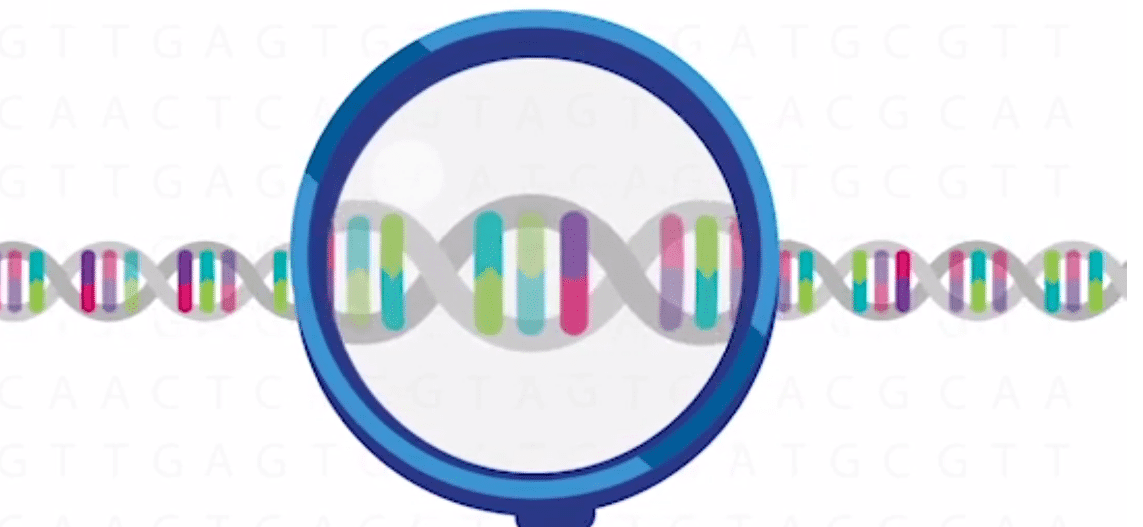
About 10,000 years ago, the prehistoric hunter-gatherers of Europe began meeting some new neighbors.
These farmers spread gradually at first, expanding from the Near East through Anatolia and the Balkans. Then agriculture exploded, reaching present-day Britain within a few thousand years. The farmers settled into houses, which soon evolved into villages, towns and eventually cities.
The archaeological record tells us that much. But what it doesn’t reveal is how agriculture spread. Did it spread like a fad, as hunter-gatherer groups saw what their neighbors were doing and imitated their ways? Or was it more of an invasion, with subsequent generations of farmers advancing across the continent and overwhelming indigenous hunter-gatherer populations as they went?
Some genetic studies suggest the former. But in the September 3 issue of Science, the first study to directly compare ancient DNA (aDNA) from prehistoric burials of hunter-gatherers to that their agricultural neighbors suggests migrants spread farming through Europe.
The research team, led by Barbara Bramanti of Mainz University, sequenced the mitochondrial DNA (mtDNA) of just under 50 individuals unearthed from various prehistoric burial sites across central and eastern Europe. Half the individuals came from hunter-gatherer societies, and the other half from communities based around farming. As a comparison, they also sequenced the mtDNA of nearly 500 modern Europeans from the same parts of Europe.
The authors’ first task was to compare the hunter-gatherer mtDNA to that of the farmers. Upon doing so, they found both groups to be so different from each other that there is no way the two could be closely related. There was absolutely no overlap in the kinds of mtDNA lineages – known as haplogroups – between the hunter-gatherers and the farmers. This stark difference suggests the earliest farmers were not related to the hunter-gatherers, and most likely came to the region by migration.
And how do these two groups compare to the modern-day Europeans? The hunter-gatherers had little in common with modern people. Haplogroup U, the most common lineage among the hunter-gatherers, is one of the least common haplogroups among modern Europeans.
But the authors also found little to connect the farmers to modern Europeans. Other studies have pointed to a substantial genetic component from the Near East among Europeans, but the authors found many genetic differences between the two groups.
Based on these results, the authors have proposed an alternative theory. The unexplained component to the genetic make-up of modern Europeans may be explained by later migrations that post-date the skeletal remains examined here. It could have been a later expansion of farmers from the Near East, or perhaps an influx of hunter-gatherers from the west. The exact details remain unclear, but the authors are confident that, with additional DNA analysis, they can hope to unravel the increasingly complex story of the peopling of Europe.

